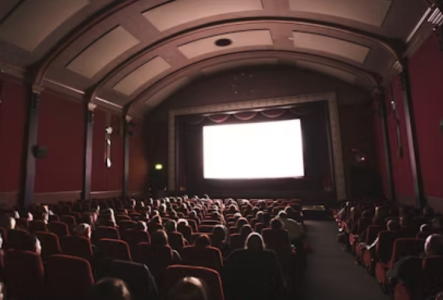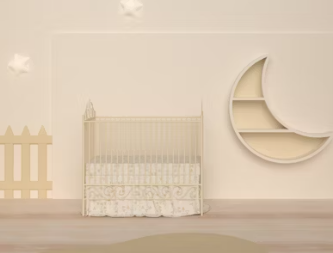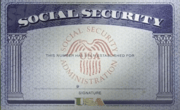These 15 nostalgic items used to be everywhere—now they could land you in real trouble
- Replies 3
If you grew up in the 1960s, you probably remember a world that felt a little looser, a little wilder, and—let’s be honest—a whole lot more dangerous than today’s carefully regulated society.
Back then, the air was thick with the scent of burning leaves, the fizz of glass soda bottles, and the ever-present haze of cigarette smoke (even at 30,000 feet). Kids roamed free, parents trusted their instincts, and the phrase “safety first” was more of a suggestion than a rule.
But times change, and so do the laws. Many of the everyday activities and products that defined the 60s would land you in hot water—or even jail—if you tried them today.
So, let’s take a nostalgic stroll down memory lane and revisit 15 things that were once as American as apple pie but are now strictly off-limits.
1. Burning Trash in the Backyard
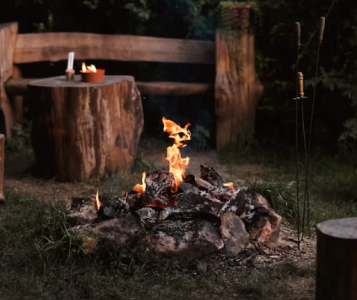
The crackle of flames and the smoky aroma were as much a part of the weekend as cartoons and the milkman’s visit. Kids learned to tend the fire, and nobody thought twice about the environmental impact.
Fast forward to today, and most towns have banned backyard burning due to air quality concerns and fire hazards. Now, you’ll need to haul your waste to the curb—or risk a hefty fine.
2. Discriminatory Voting Practices
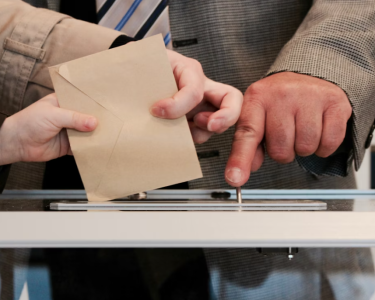
It’s hard to imagine now, but in the 60s, poll taxes, literacy tests, and other discriminatory tactics were still used to keep many Americans—especially Black citizens—from voting.
While the Civil Rights Movement was gaining steam, it would take years (and several landmark laws) before these practices were finally outlawed.
Today, such barriers are not only illegal but unthinkable.
3. Smoking on Airplanes
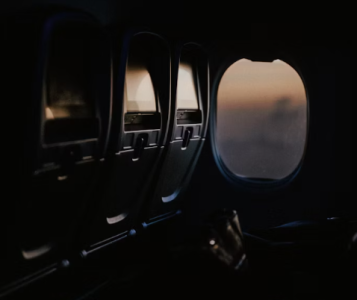
If you ever flew in the 60s, you’ll remember the “smoking section”—which, let’s be honest, was just the whole plane.
It wasn’t until the late 80s and 90s that smoking was banned on domestic and international flights. Now, lighting up at 30,000 feet is a federal offense.
4. Drinking Age of 18
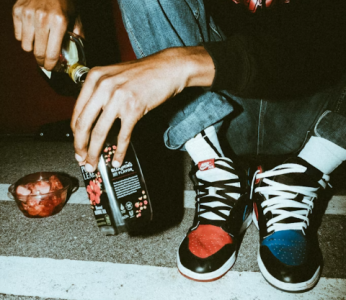
College freshmen toasted their independence with legal drinks, and parents often introduced teens to alcohol at family gatherings. But as concerns about drunk driving grew, the legal drinking age was raised to 21 nationwide in 1984.
Today, serving alcohol to anyone under 21 is a serious crime.
5. Riding in the Back of Pickup Trucks
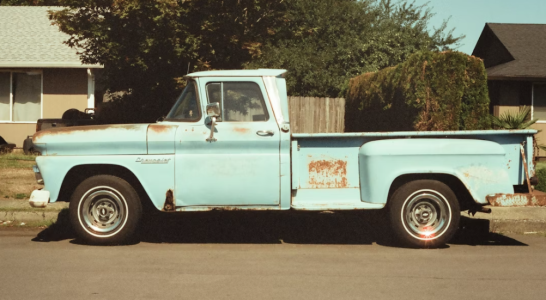
Hayrides, parades, or just a trip to town—it was all fair game. But as accident statistics mounted, most states passed laws banning passengers from cargo areas.
Now, what was once a childhood rite of passage could get you a ticket (or worse).
6. Bringing Rifles to School
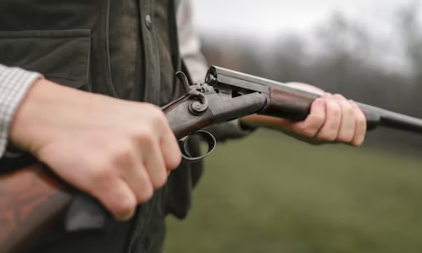
Believe it or not, it was once common for high schoolers—especially in rural areas—to bring hunting rifles to school, stored in gun racks in their trucks.
Today, zero-tolerance policies mean that bringing any weapon onto school grounds is a criminal offense, no matter the reason.
7. Dangerous Chemistry Sets
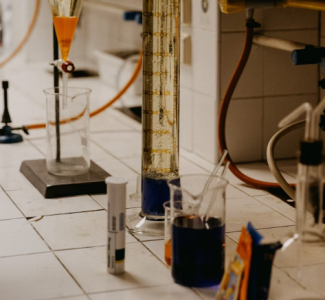
Parents shrugged off the occasional burn or chemical smell as part of the learning process. But as safety concerns grew, regulations tightened.
Modern chemistry sets are a shadow of their former selves—no more dangerous reactions, and certainly no radioactive materials.
8. Powerful Fireworks
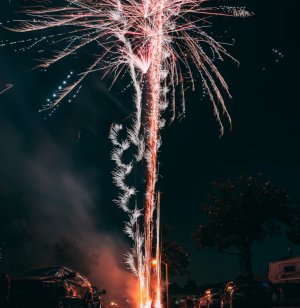
Cherry bombs, M-80s, and silver salutes were once as easy to buy as bubble gum, and every Fourth of July was a neighborhood arms race.
Today, these powerful explosives are classified as illegal devices, and possession can mean felony charges. Fireworks are still fun, but a lot less explosive.
9. Open Containers While Driving
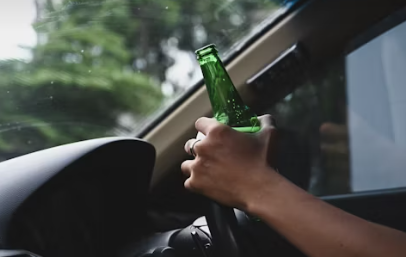
Police focused on dangerous driving, not open containers. But as drunk driving fatalities rose, all 50 states eventually banned open containers in vehicles.
Now, even a single sip behind the wheel can land you in legal trouble.
10. Super Elastic Bubble Plastic
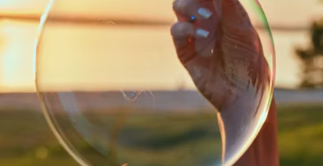
Remember the gooey tubes of “bubble plastic” that let you blow giant, colorful bubbles? The secret ingredient was acetone—a solvent that’s now recognized as a health hazard.
Today, this toy is banned for its toxic ingredients and inhalation risks.
11. Unrestricted Movie Content
Before the MPAA rating system, movies like Bonnie and Clyde and Rosemary’s Baby pushed boundaries with violence, language, and adult themes.
Parents relied on their own judgment (or the local theater manager) to decide what was appropriate for kids.
Now, age restrictions and ratings are strictly enforced, and letting a minor into an R-rated film can get a theater in hot water.
Also read: 23 ways summer vacations in the ’60s looked different from today
12. Drop-Side Cribs
Drop-side cribs were a godsend for parents—easy access to the baby, less bending, and a staple in every nursery. But after reports of injuries and deaths, these cribs were banned in 2011.
Today, selling or even giving away a drop-side crib is illegal, and new parents are urged to use only fixed-side models.
13. DDT Spraying
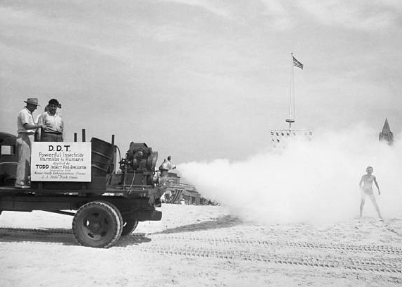
The chemical was hailed as a miracle for public health, but its environmental and health risks became impossible to ignore.
DDT was banned in the US in 1972, and its use is now illegal in most developed countries.
14. Glass Soda Bottles
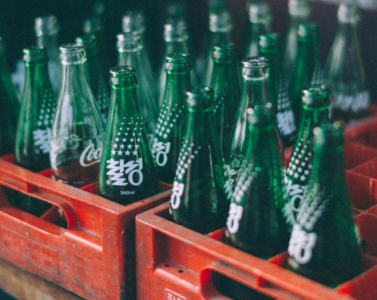
While not strictly illegal today, safety and liability concerns have made them rare.
Most sodas now come in plastic or aluminum, and the classic glass bottle is a collector’s item.
Also read: Did You Grow Up With These?
15. Realistic Toy Guns
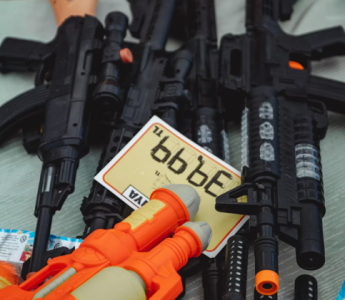
Today, federal law requires toy guns to have bright colors and markings to distinguish them from actual firearms.
Selling realistic toy guns without these features is illegal, and even carrying one in public can lead to serious consequences.
Read next: Discover 50 bizarre bans you’d never expect in the US

What do you remember most from this list? Did you ever chase the DDT truck, ride in the back of a pickup, or blow up a cherry bomb? Are there any “outlawed” 60s traditions you wish we could bring back—or are you glad they’re gone for good?
Back then, the air was thick with the scent of burning leaves, the fizz of glass soda bottles, and the ever-present haze of cigarette smoke (even at 30,000 feet). Kids roamed free, parents trusted their instincts, and the phrase “safety first” was more of a suggestion than a rule.
But times change, and so do the laws. Many of the everyday activities and products that defined the 60s would land you in hot water—or even jail—if you tried them today.
So, let’s take a nostalgic stroll down memory lane and revisit 15 things that were once as American as apple pie but are now strictly off-limits.
1. Burning Trash in the Backyard

Saturday mornings in suburbia once meant raking leaves and tossing everything from food scraps to old newspapers into a backyard burn barrel. Image source: Klára Vernarcová / Unsplash
The crackle of flames and the smoky aroma were as much a part of the weekend as cartoons and the milkman’s visit. Kids learned to tend the fire, and nobody thought twice about the environmental impact.
Fast forward to today, and most towns have banned backyard burning due to air quality concerns and fire hazards. Now, you’ll need to haul your waste to the curb—or risk a hefty fine.
2. Discriminatory Voting Practices

Local officials wielded enormous power over who could cast a ballot, often applying rules unevenly. Image source: Arnaud Jaegers / Unsplash
It’s hard to imagine now, but in the 60s, poll taxes, literacy tests, and other discriminatory tactics were still used to keep many Americans—especially Black citizens—from voting.
While the Civil Rights Movement was gaining steam, it would take years (and several landmark laws) before these practices were finally outlawed.
Today, such barriers are not only illegal but unthinkable.
3. Smoking on Airplanes

Ashtrays in every armrest, free cigarettes with your meal, and a cabin filled with smoke were all part of the experience. Image source: Kristy Cruz / Unsplash
If you ever flew in the 60s, you’ll remember the “smoking section”—which, let’s be honest, was just the whole plane.
It wasn’t until the late 80s and 90s that smoking was banned on domestic and international flights. Now, lighting up at 30,000 feet is a federal offense.
4. Drinking Age of 18

Turning 18 in the 60s meant you could vote, join the military, and—yes—buy a beer. Image source: Frankie Cordoba / Unsplash
College freshmen toasted their independence with legal drinks, and parents often introduced teens to alcohol at family gatherings. But as concerns about drunk driving grew, the legal drinking age was raised to 21 nationwide in 1984.
Today, serving alcohol to anyone under 21 is a serious crime.
5. Riding in the Back of Pickup Trucks

For many rural kids, nothing beat the thrill of riding in the open bed of a pickup truck. Image source: Ihor Udod / Unsplash
Hayrides, parades, or just a trip to town—it was all fair game. But as accident statistics mounted, most states passed laws banning passengers from cargo areas.
Now, what was once a childhood rite of passage could get you a ticket (or worse).
6. Bringing Rifles to School

Marksmanship clubs and after-school hunting trips were part of the culture. Image source: Getty Images / Unsplash
Believe it or not, it was once common for high schoolers—especially in rural areas—to bring hunting rifles to school, stored in gun racks in their trucks.
Today, zero-tolerance policies mean that bringing any weapon onto school grounds is a criminal offense, no matter the reason.
7. Dangerous Chemistry Sets

The science kits of the 60s were the stuff of legend: real chemicals, uranium ore samples, and the potential for small explosions. Image source: Trnava University / Unsplash
Parents shrugged off the occasional burn or chemical smell as part of the learning process. But as safety concerns grew, regulations tightened.
Modern chemistry sets are a shadow of their former selves—no more dangerous reactions, and certainly no radioactive materials.
8. Powerful Fireworks

Kids (and adults) loved the thrill, despite the occasional lost finger or singed eyebrow. Image source: Austin Human / Unsplash
Cherry bombs, M-80s, and silver salutes were once as easy to buy as bubble gum, and every Fourth of July was a neighborhood arms race.
Today, these powerful explosives are classified as illegal devices, and possession can mean felony charges. Fireworks are still fun, but a lot less explosive.
9. Open Containers While Driving

In the 60s, it wasn’t unusual to see drivers sipping a cold beer on a summer road trip. Image source: Getty Images / Unsplash
Police focused on dangerous driving, not open containers. But as drunk driving fatalities rose, all 50 states eventually banned open containers in vehicles.
Now, even a single sip behind the wheel can land you in legal trouble.
10. Super Elastic Bubble Plastic

Kids inhaled the fumes with every breath, and parents mostly ignored the chemical smell. Image source: Andrej Lišakov / Unsplash
Remember the gooey tubes of “bubble plastic” that let you blow giant, colorful bubbles? The secret ingredient was acetone—a solvent that’s now recognized as a health hazard.
Today, this toy is banned for its toxic ingredients and inhalation risks.
11. Unrestricted Movie Content
Before the MPAA rating system, movies like Bonnie and Clyde and Rosemary’s Baby pushed boundaries with violence, language, and adult themes.
Parents relied on their own judgment (or the local theater manager) to decide what was appropriate for kids.
Now, age restrictions and ratings are strictly enforced, and letting a minor into an R-rated film can get a theater in hot water.
Also read: 23 ways summer vacations in the ’60s looked different from today
12. Drop-Side Cribs
Drop-side cribs were a godsend for parents—easy access to the baby, less bending, and a staple in every nursery. But after reports of injuries and deaths, these cribs were banned in 2011.
Today, selling or even giving away a drop-side crib is illegal, and new parents are urged to use only fixed-side models.
13. DDT Spraying

Summer evenings once meant chasing the “fog truck” as it sprayed DDT to kill mosquitoes. Image source: Bettmann / Unsplash
The chemical was hailed as a miracle for public health, but its environmental and health risks became impossible to ignore.
DDT was banned in the US in 1972, and its use is now illegal in most developed countries.
14. Glass Soda Bottles

Thick, heavy glass soda bottles were everywhere, and kids earned pocket money by returning them for deposits. Image source: Bundo Kim / Unsplash
While not strictly illegal today, safety and liability concerns have made them rare.
Most sodas now come in plastic or aluminum, and the classic glass bottle is a collector’s item.
Also read: Did You Grow Up With These?
15. Realistic Toy Guns

Cowboys and cops-and-robbers games were fueled by cap guns and toy rifles that looked—and felt—just like the real thing. Image source: Ben Iwara / Unsplash
Today, federal law requires toy guns to have bright colors and markings to distinguish them from actual firearms.
Selling realistic toy guns without these features is illegal, and even carrying one in public can lead to serious consequences.
Read next: Discover 50 bizarre bans you’d never expect in the US
Key Takeaways
- Many common practices from the 1960s, such as burning trash in backyards or riding in the back of utes, would now breach today’s safety, environmental, and public health laws.
- Activities once considered normal, like smoking on planes, open container drinking while driving, or teenagers buying alcohol at 18, have since been banned due to evolving attitudes around public safety and responsibility.
- Toys and products like powerful fireworks, dangerous chemistry sets, super elastic bubble plastic, and realistic toy guns are now heavily restricted or illegal because of injury risks and modern consumer protection regulations.
- Once-standard items and customs such as drop-side cribs, glass soft drink bottles, and bringing rifles to school have been outlawed or phased out, reflecting today’s heightened emphasis on safety, equity, and regulatory oversight.

